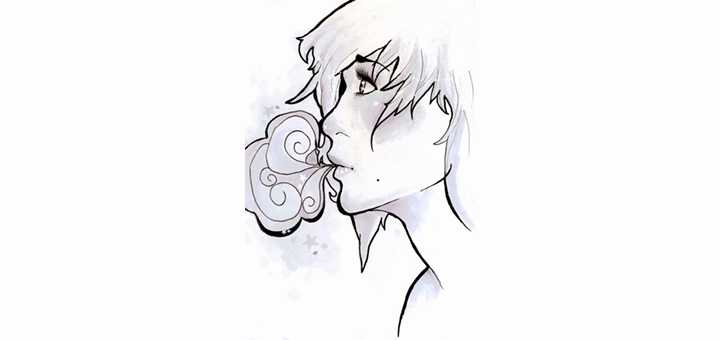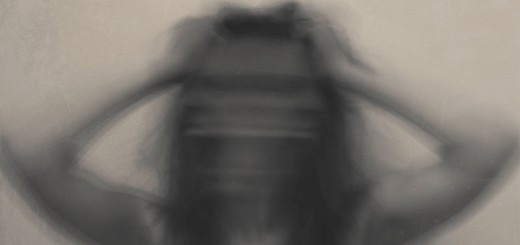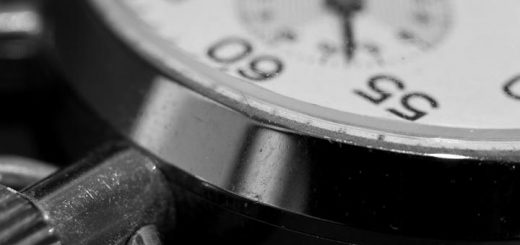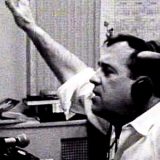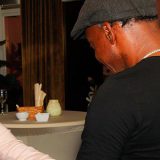Take A Breath
“I tried it and it still sounds off.”
That’s what I heard from a reader of last week’s post on editing. He was trying to cut some extraneous talk from an interview and when he did, the sentences on either side of the edit didn’t work together. He tried moving them closer together and further apart, but it was clear the two of them were not spoken in succession.
There was nothing wrong with the edit itself. As a result of the cut, the guest sounded as if she delivered a lengthy answer to a question without ever taking a breath. When we’re in the midst of a conversation we rarely notice the other person is breathing every now and again. Not so in audio. If a speaker never pauses to breathe we hear something’s off even if we’re not sure what, exactly, is wrong.
When a Breath Winds Up on the Cutting Room Floor
Somewhere in the cutting out of all that non-essential information, my reader cut out a breath (or two) and made his guest sound as if she had the lung capacity of a bull moose. Not all that flattering. (Remember the reason to edit an interview is to make your guest sound good.) Fortunately, there’s an easy fix, and I suspect you’re way ahead of me on this. Yes, you find a place in your interview where the guest did take a breath and cut and paste it before the sentence that begins after your cut. Even then, you may feel adding that breath didn’t quite work. Here are a few tips for fixing common problems.
Length
The breath is too long or too short for what follows next. This is why it helps to listen to people talk and get a sense of what happens to, in between and around their words. The length of a breath is an indication of how much more your guest anticipates saying. A short breath, followed by a minute of talk will sound as odd as a long, deep breath followed by a single-word answer. If the breath you picked doesn’t pass this length test, find another one and try it.
Lost in the Gap
People usually take a breath and then, with perhaps the slightest of pauses, go on with what they have to say. If you don’t get that breath close enough to the next word, if there’s a gap or pause, chances are that edit will leap out of your earbuds. Sometimes, though, people do pause after a breath and before they speak. When? Under what circumstances? Why? I’ll leave that to you to determine once you begin paying attention to the way people speak. Anyway, adjust that gap until the breath flows into the next words your guest has to say.
The Pause that Refreshes
More than a cultural reference to an old Coca Cola advertising slogan, that pause is real. People typically take a short pause before they take a breath. If you have two sentences separated by a breath, with no pause before the end of the first sentence and the start of the breath you are creating a guest with an incredibly endowed set of lungs and vocal cords, in that the guest can inhale and exhale at about the same time. Put a bit of a pause before the breath and that should take care of the problem.
An Exact Science—Ha, Ha, Ha
Editing is exact. I can tell you the time code where I want you to cut and, if you have any skill at all with your editing software, you can make that cut. Seamless editing, however, is an art. It depends not only on your skill with your editing software, but on your ability to hear talk as a creation of the speaker (much like music) and duplicate that creation even as you modify it.
That takes practice.
You need to practice with your editing software so you can use it fluidly without its getting in the way of what you want to do. And you need to practice hearing what conversation and speech is all about so you can reconstruct it at your computer. I wish I could tell you there’s a shortcut to all this, but there isn’t. You need to put some miles under your skis (as a skiing instructor once told me). Just know that you can and will master the art if you keep at it.
If you have a production question please leave me a comment or contact me directly through the website. If I can’t answer it I’m sure one of my readers can.

